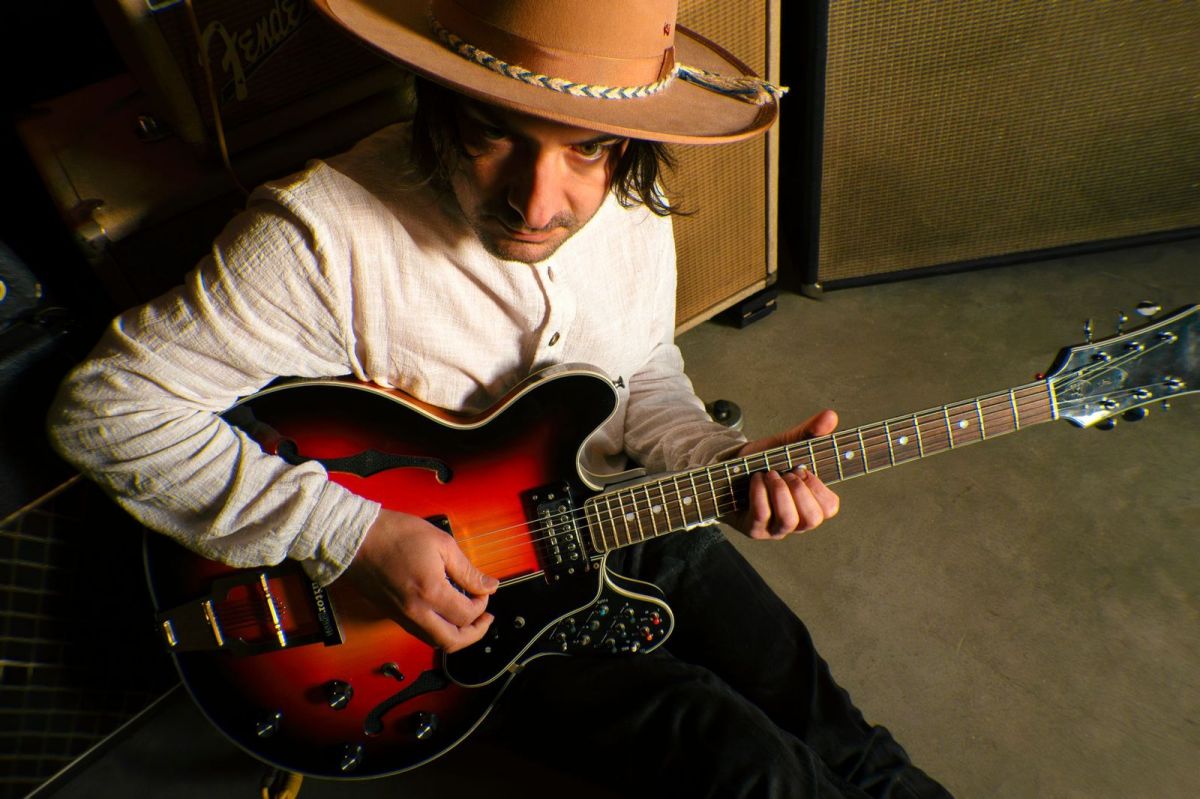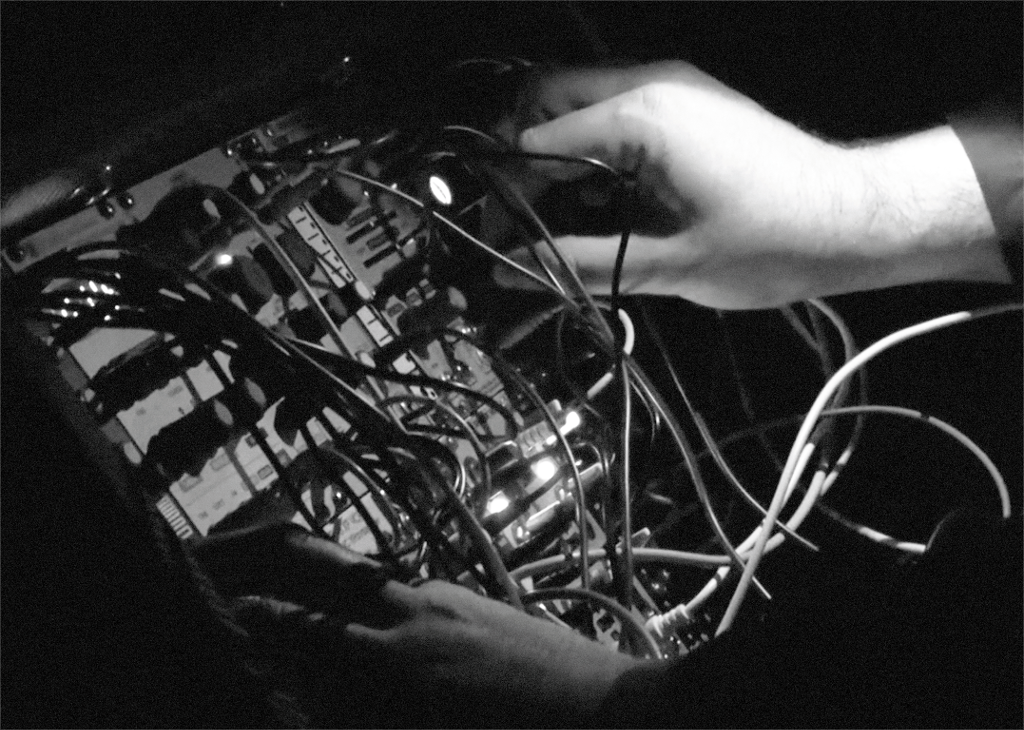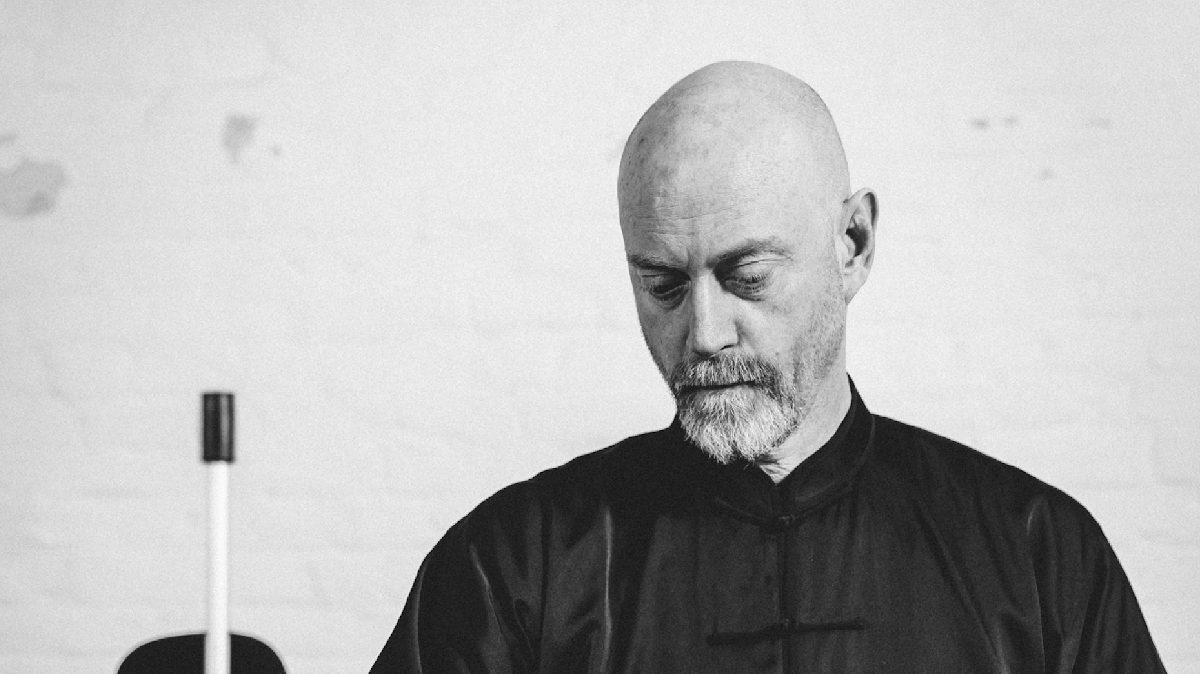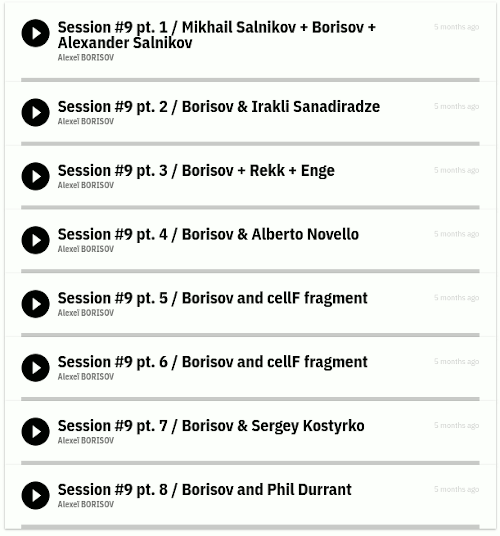Following up on his review of Alessandro Stefana‘s self-titled album released by Ipecac earlier in the year, Mr Olivetti talked to Asso about the LP and more:
You have quite a history of collaboration but this album seems very personal. Was this always the intention?
Over the years, my collaborative efforts have allowed me to explore various styles and ideas with different artists. However, with this album, I wanted to delve deeper into my own experiences, emotions and creative vision. This project is a reflection of my individual journey and artistic growth, distinct from the collaborative works I’ve been part of. It’s something more intimate and personal.
The atmosphere of the album leans heavily towards the American desert sound. Has this always been an influence on your musical style?
The concept of a “desert sound,” if such a term truly exists, is more about a state of mind than a specific genre. It embodies a sense of vastness, solitude, and sounds stretched to the limits of the infinite. While I wouldn’t say the desert sound has always been a direct influence, the themes it represents have certainly resonated with me throughout my music. This album, in particular, gave me the opportunity to delve deeper into that. It’s a powerful way to express the vast and sometimes desolate spaces within us all.I have seen Calexico play a few times and their melding of styles has similarities with your album. I see you played on Mirador; how did that meeting come about and what was it like to work with them?
I’ve been friends with Calexico for a very long time. Our first recording together dates back to 2008 in Tucson, Arizona. At that time, I was twenty-seven and producing an album for the Italian songwriter Vinicio Capossela. We collaborated with Calexico on the record Da Solo, particularly on a track called “La Faccia Della Terra.” Since then, we’ve kept in touch and have recorded more music together over the years.
Joey Burns also wrote the liner notes for the first album of my band Guano Padano. Working with them has always been a rewarding experience due to their incredible talent and unique approach to blending styles. Being asked to play on their latest record, El Mirador, was a great honour for me.Did you have any formative musical influences and if there were, do they still impact upon your song writing today?
I studied classical guitar for a very long time, starting as a little child and continuing for around thirteen years. This extensive training undoubtedly still influences my guitar playing style. However, when it comes to my songwriting, I don’t think my studies have a direct impact.
There is an interesting array of instruments on the album. Are you one of those people who can pick up an instrument and teach yourself if the song needs it? Are you from a musical family?
My father played guitar when I was a child, and although he doesn’t play much anymore, I’m certain that watching him sparked my initial interest in playing guitar and in music in general. Yes, I am someone who enjoys experimenting with different instruments, especially when the song calls for it. Over the years, my curiosity has expanded to other musical instruments, including some of the most unusual ones. This fascination with diverse sounds, instruments, and eras continues to drive my musical exploration.
How did you come across the recordings of Roscoe Holcomb and how easy was it to deal with the Smithsonian Archive for their use on the album?
I’ve been a big fan of Roscoe Holcomb ever since I first heard his voice and playing. One day, I stumbled upon some of his a cappella tracks. Initially, they didn’t grab my attention, but over time I realised they possessed the perfect voice I was looking for. I decided to experiment by layering new music over those recordings. The Smithsonian Folkways was incredibly supportive throughout this process. I was also deeply honoured to hear that John Cohen, who discovered Roscoe Holcomb and looked after him before his passing, had expressed admiration for my work.Do you feel that Roscoe’s words gave certain expression to your sentiments? Were you tempted to sing yourself during the sessions?
I never considered singing myself during the sessions because I simply can’t. Roscoe’s voice conveys every emotion and sensation that resonates deeply with me: his ancient timbre, his words, and his delivery perfectly express the sentiments I wanted to capture.
There is a long gap between Poste e Telegrafi and this latest album. Is this another one-off or do you have the taste for more solo work now?
I don’t have any specific plans for future projects. I prefer to release my music when it feels right, rather than adhering to a strict schedule. This could mean my next release might come very soon, or it might take longer. I enjoy the freedom of creating and sharing my music at the moment that feels most genuine and inspired.What dies the future hold for you now? Any plans to tour?
I’m excited to be performing at some unique venues this summer across Italy, including historic churches and castles. I look forward to sharing this record with audiences worldwide and am hopeful for future tours to bring my music to listeners around the globe
Are there any artists out there on your radar who the readers might be interested in exploring?
I’ve been collaborating with the uniquely talented artist Micah P Hinson. I worked on his latest record, I Lie to You, which I produced and played a variety of instruments on. It’s truly a gem — a special and magical album.*




